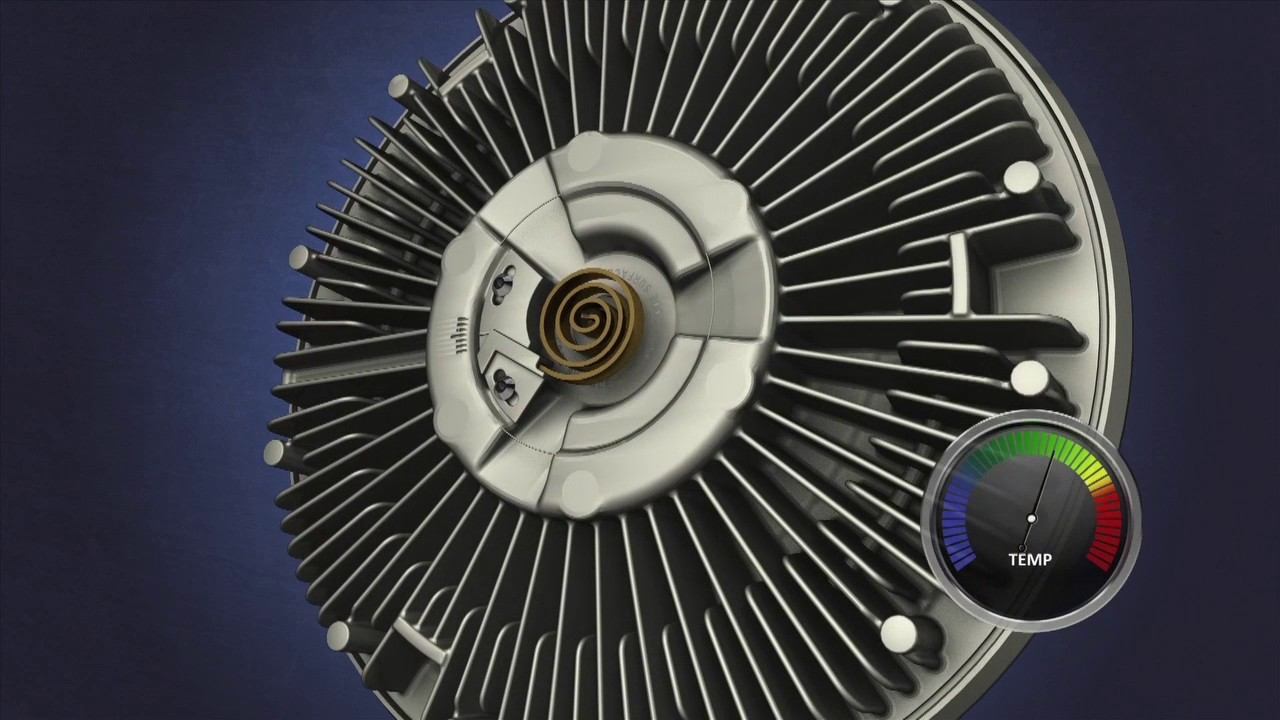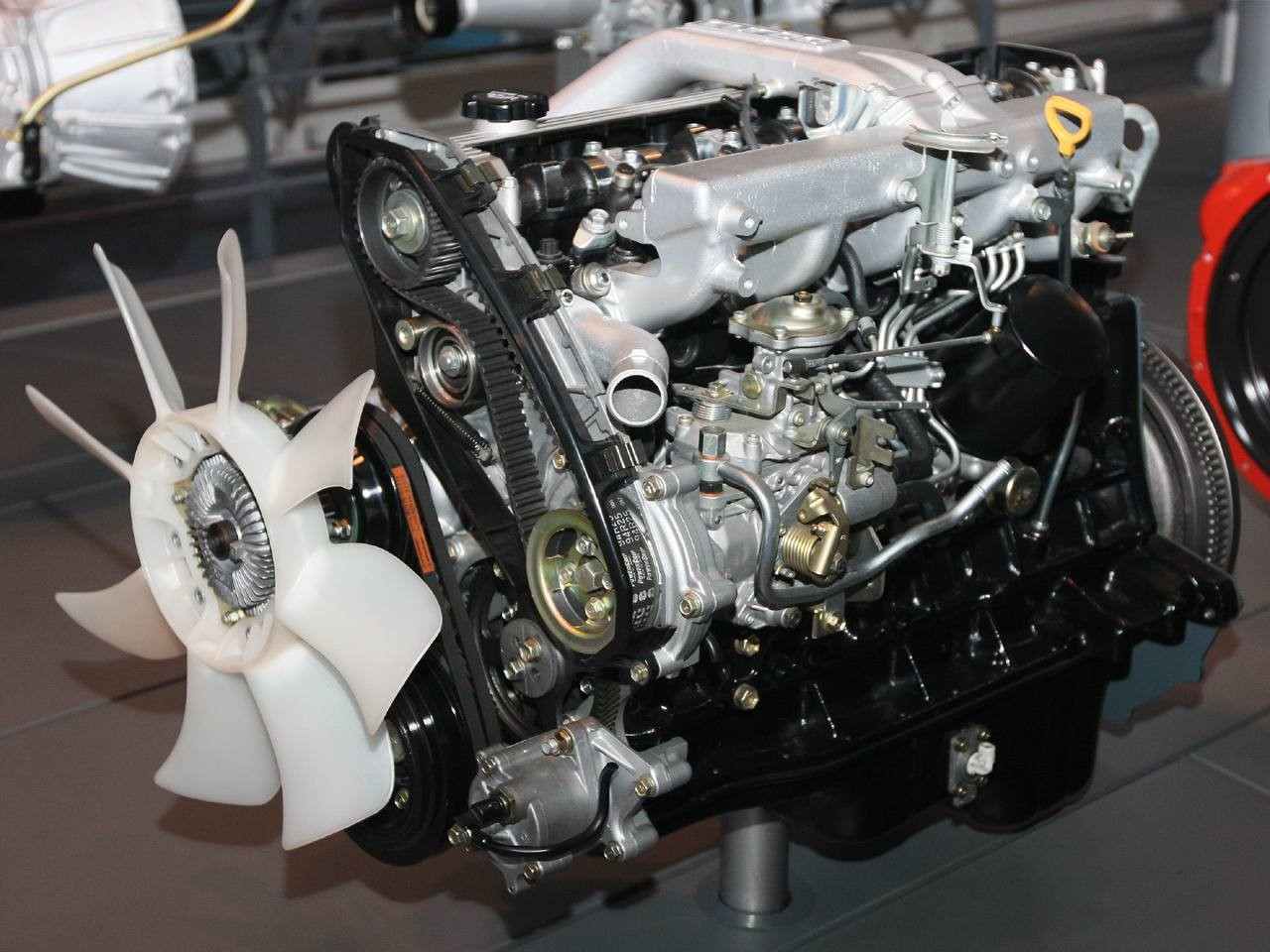Howdy, gearheads! Today, we’ll be discussing a critical but primarily unheard-of part of your vehicle: the fan clutch. Many people don’t know what a fan clutch is or how it works. Well, we’ll take a look at the inner workings of a fan clutch and see how it helps keep the car engine cool. So buckle up because we’re about to take a ride into the world of automotive engineering.
Contents
What Does a Fan Clutch Do?
Fan clutches are one of those parts that you don’t really think about until they stop working. But it’s usually a pretty big deal when they do go out. That’s because the fan clutch is responsible for regulating the engine temperature by controlling how much power goes to the car’s cooling fan. In layman’s terms, the fan clutch keeps the engine from overheating.
The clutches work by using a thermostatic formula. It does not engage when the engine temperature is average, allowing the cooling fan to freewheel. In this way, the engine warms up quickly, reducing the unwanted load. On the other hand, the clutch engages the fan when the temperature rises, making it cool off the engine.

How a Fan Clutch Works
So how does it work? Well, let’s take a look at the anatomy of a fan clutch.
The primary function of a fan clutch is to maintain the ON/OFF of the fan in the cooling system. The fan engages when the engine overheats or the car moves slower than it should. It disengages after the engine’s temperature drops to the average level. It also stops spinning when the car drives at a speed that pushes air through the radiator.
There are two types of fan clutches: thermal and non-thermal. The thermal ones are the most efficient, while the non-thermal ones are more economical.
Thermal clutch mechanism
This clutch uses a bi-metal spring to pick up the changes in temperatures. Depending on the volume of air passing through the radiator, the spring expands or contracts.
When the car is idling or moving slowly, there’s not enough airflow to cool the engine. This causes the engine to generate more power and heat, causing the spring to expand. This opens a valve to a chamber that holds liquid silicone. That fluid goes into the clutch and engages it at 70 to 90 percent of the water pump’s speed. The turning of the clutch fan speeds up the car, forcing a high air volume to pass through the radiator.
The airflow cools down the spring, so it shrinks and disengages. It slows down the cooling fan, making it turn at 20% of the water pump’s speed. This process gets repeated in a cycle to maintain the correct engine temperature.
SEE MORE
Non-thermal clutch mechanism
A non-thermal fan clutch gets engaged repeatedly and turns at around 30 to 60 percent of the water pump’s speed. Its price is less than a thermal clutch, but it’s less efficient in cooling the engine at low speeds. It also cannot provide long-term service.
Conclusion
A fan clutch is an essential component of your car’s cooling system. It prevents the engine from overheating, saving the car from severe damage. So if the fan clutch starts to go out, make sure you get it fixed as soon as possible.



